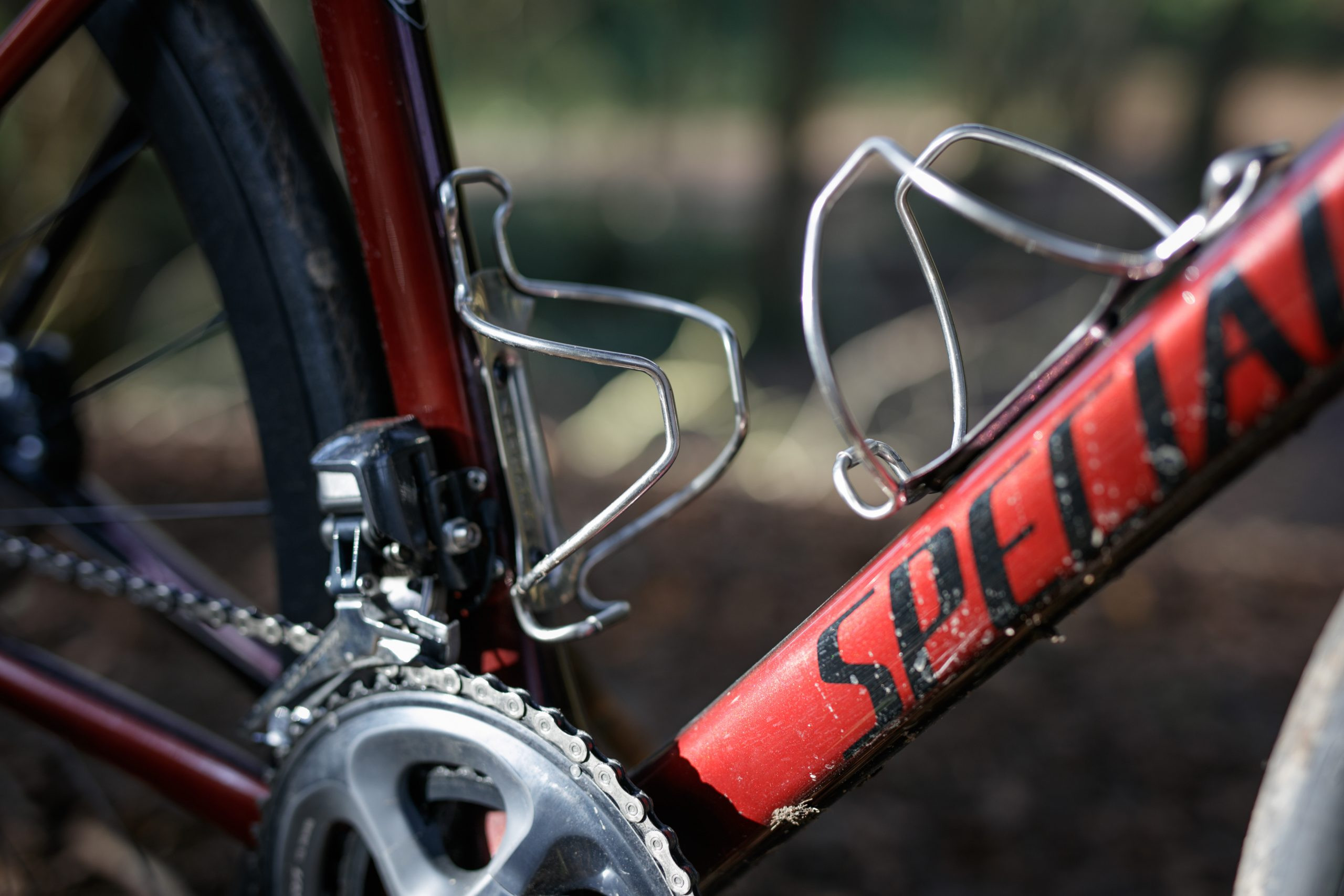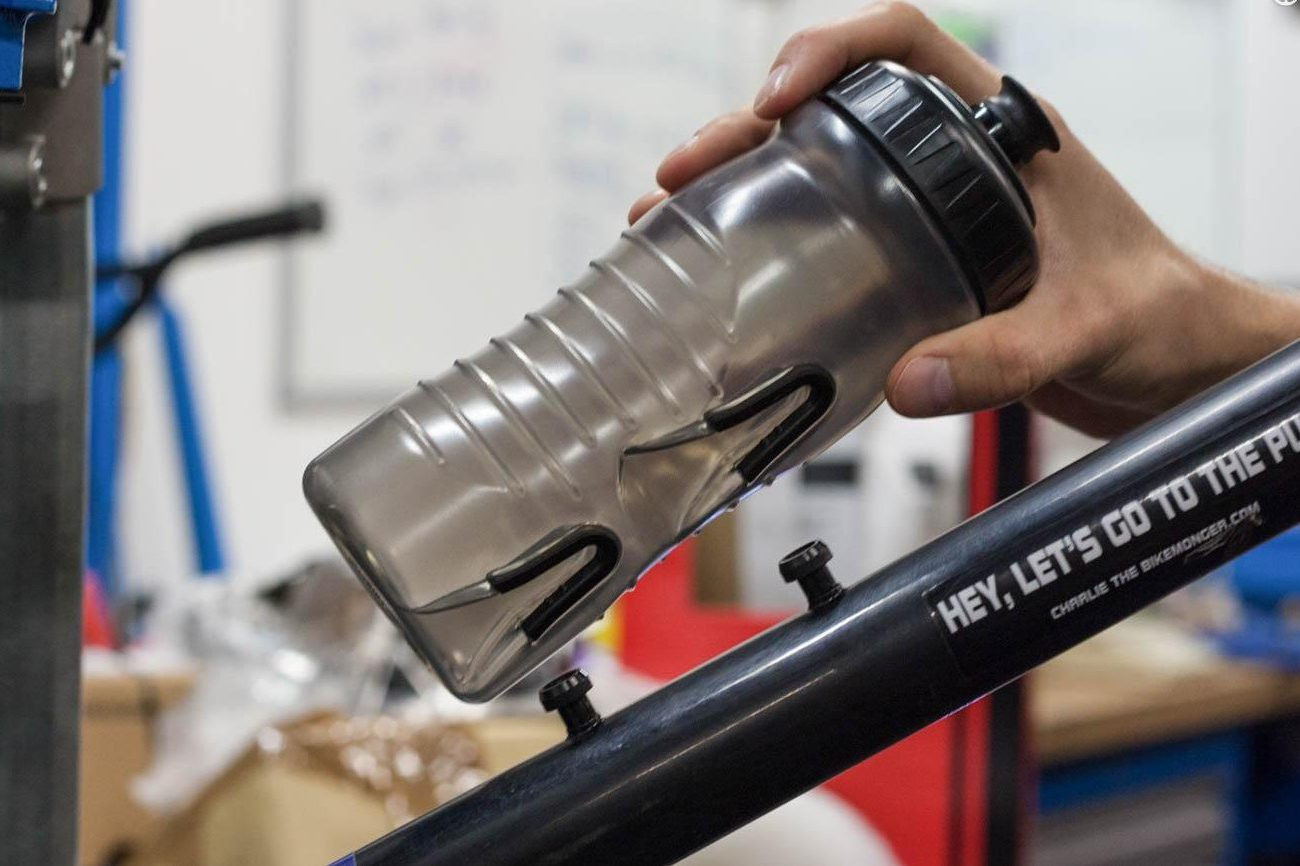In the ever-evolving world of cycling, where innovation often leads to incompatibility and frustration, there’s one steadfast component that deserves our unwavering appreciation: the humble Bike Bottle Cage. While the industry constantly tinkers with standards, from bottom brackets to wheel sizes, the simple system of bottles and cages has remained remarkably consistent, and for good reason. Let’s delve into why this simplicity is not just convenient, but truly brilliant.
The cycling world is no stranger to change. Think back to the days of quick releases, now largely replaced by thru-axles. Remember quill stems? Threadless systems have long since taken over. Wheel sizes? A dizzying journey from 26 inches to 29, then 27.5, briefly 27.5+, and finally, a return to 29 inches as the preferred standard. Freehub bodies have mutated to accommodate ever-increasing cassette sprockets, and bottom brackets have navigated a labyrinth of confusing and often problematic designs.
 Shimano Micro Spline freehub demonstrates bike component standard changes
Shimano Micro Spline freehub demonstrates bike component standard changes
While progress in cycling technology is generally positive, leading to better shifting, braking, and overall bike performance at more accessible prices, it frequently comes at the expense of backward compatibility. We’re not against innovation, but some things are simply perfect as they are.
And that brings us back to the bike bottle cage. Take a look at your bike. Unless you’re riding something exceptionally unconventional, it almost certainly has bottle cage bosses spaced approximately 2.5 inches (64mm) apart. This seemingly minor detail is the key to a universal system that has served cyclists faithfully for decades.
These standard bosses readily accept virtually every bottle cage on the market, regardless of whether it’s a budget-friendly alloy model or a high-end titanium piece. And these cages, in turn, are designed to hold almost any standard cycling water bottle available. This universal compatibility is a feature, not a bug.
 Classic steel bike bottle cages showing universal design
Classic steel bike bottle cages showing universal design
It’s easy to take this seamless compatibility for granted, but consider the alternatives. Do we really need cageless bottle mounts, magnetic systems, or proprietary interlocking mounts? These solutions attempt to fix a problem that doesn’t exist. The standard bike bottle cage system works flawlessly. Why complicate something that is already perfect in its simplicity and effectiveness?
Imagine the hassle if choosing a bike bottle cage and water bottle required the same level of meticulous research and compatibility checks as, say, upgrading your crankset or headset. Instead, we enjoy the freedom to choose anything from a budget-friendly cage to a premium option, confident that it will fit any bike with standard bottle cage mounts. This universal design means a vintage steel frame from decades past will happily accept the same bottles and cages as a cutting-edge carbon race bike.
 Example of cageless bike bottle system as an unnecessary alternative
Example of cageless bike bottle system as an unnecessary alternative
In a cycling world often characterized by rapidly changing standards and compatibility headaches, the enduring simplicity and universality of the bike bottle cage system is a breath of fresh air. Let’s appreciate this unsung hero of cycling and resist any unnecessary attempts to “improve” upon a system that is already perfectly functional and wonderfully simple. Let’s keep the standard bike bottle cage just the way it is.

